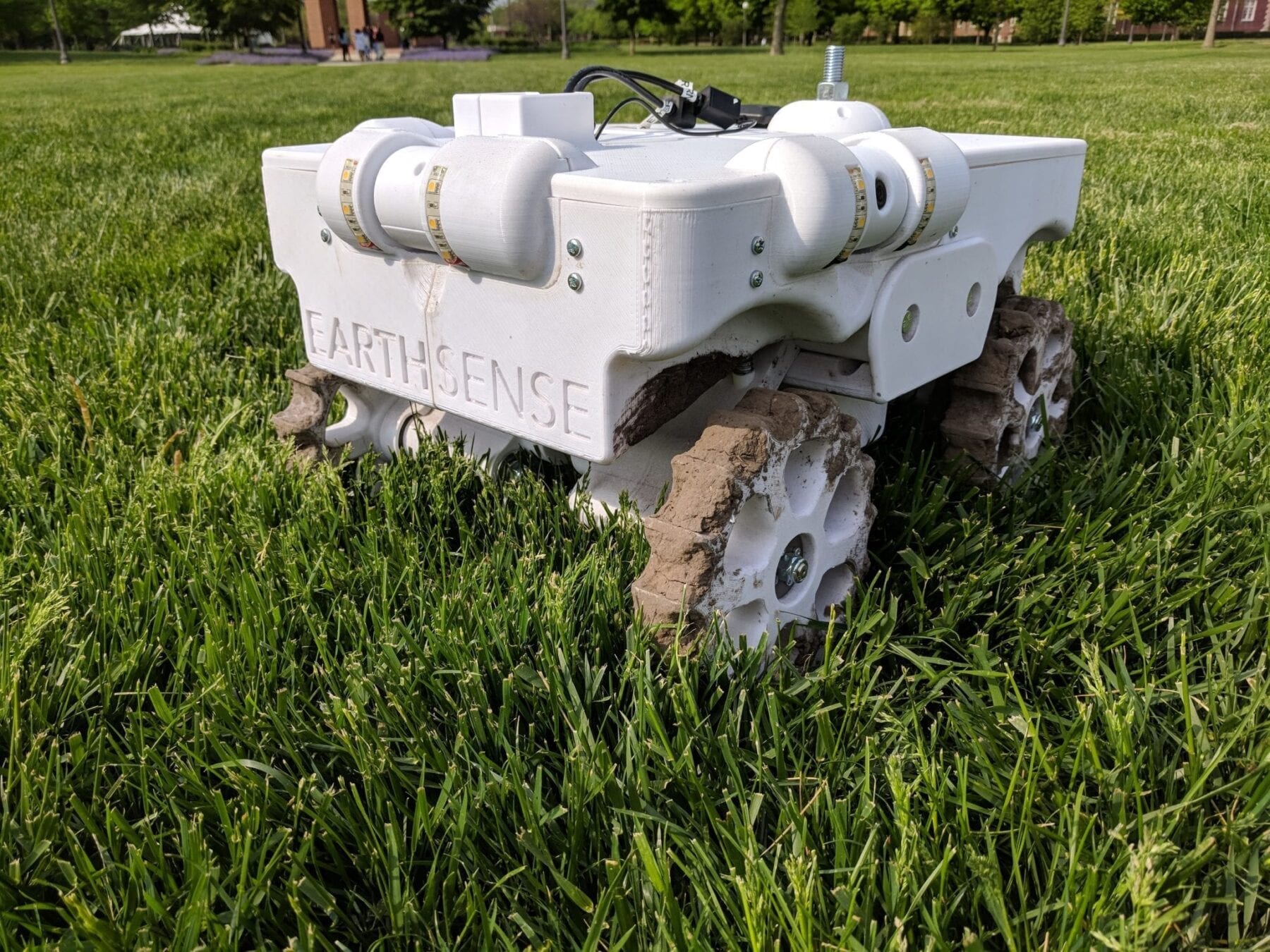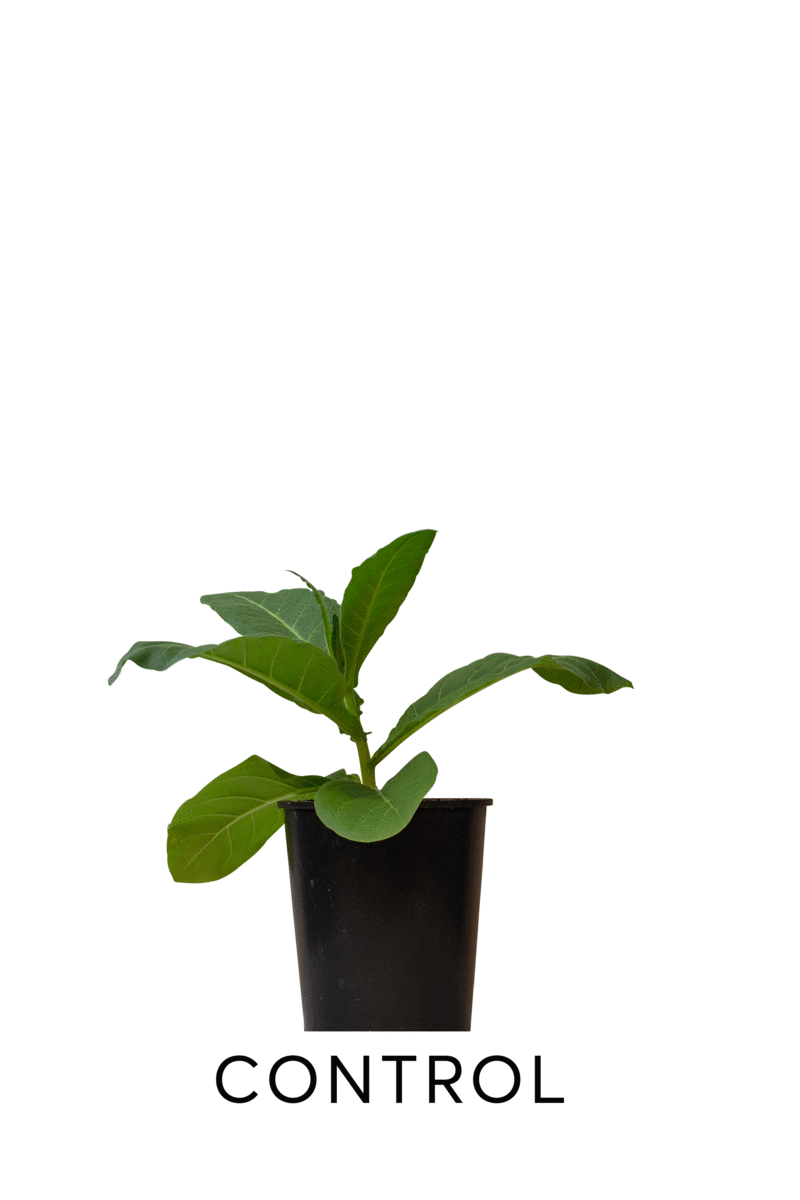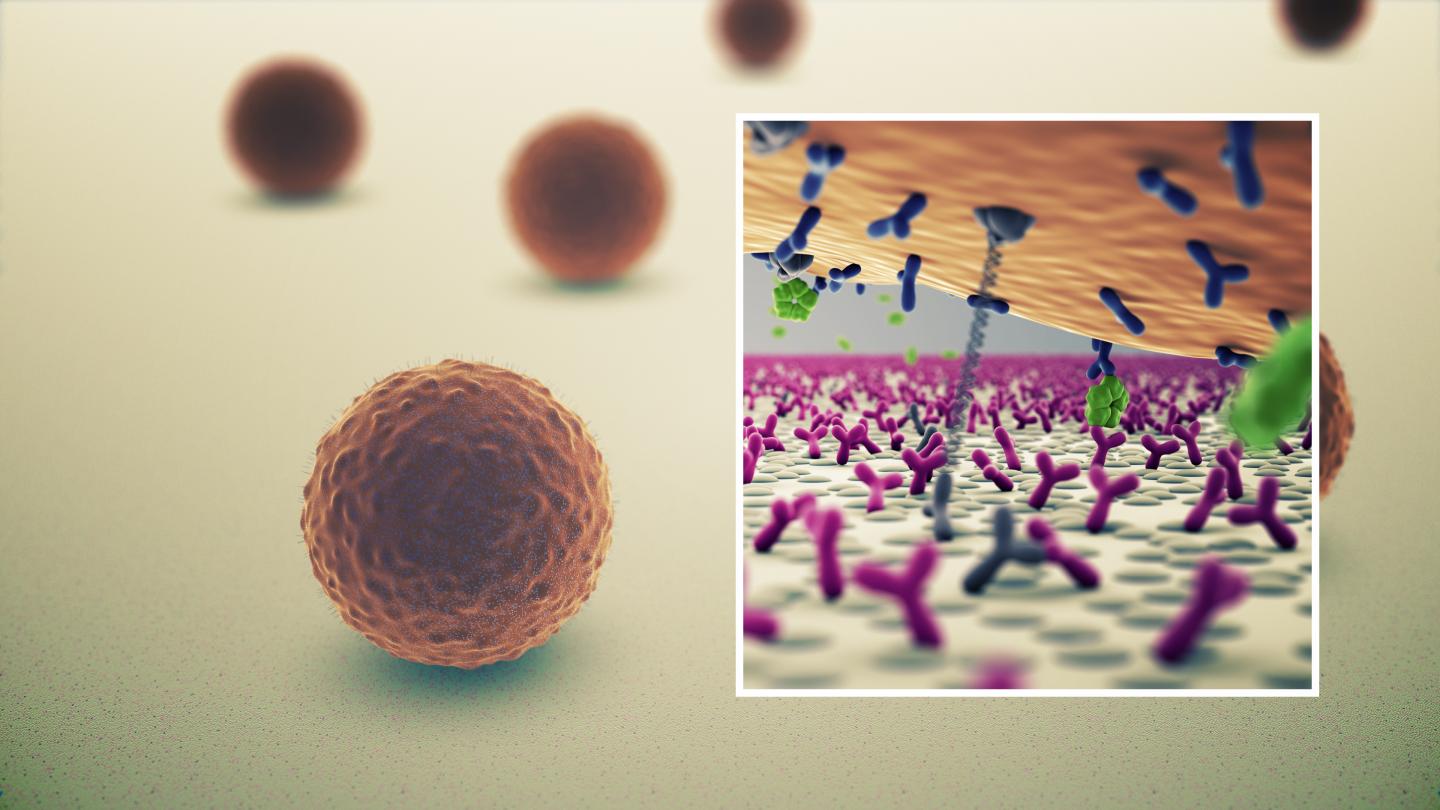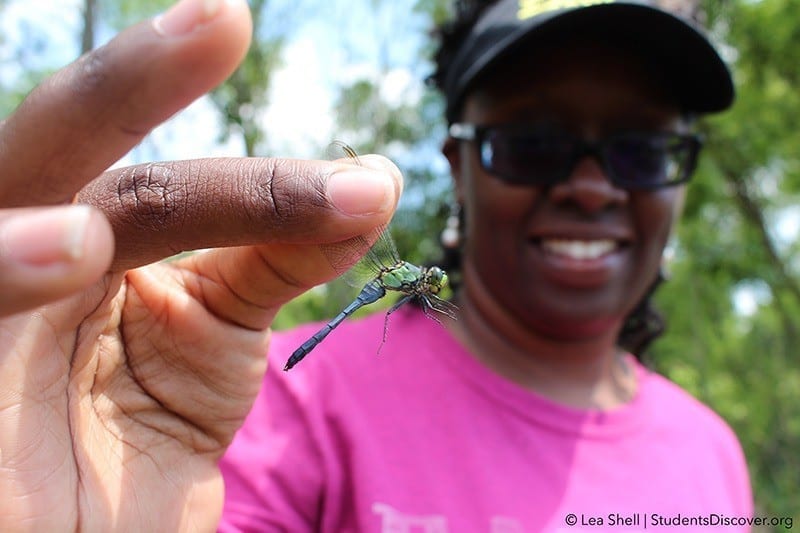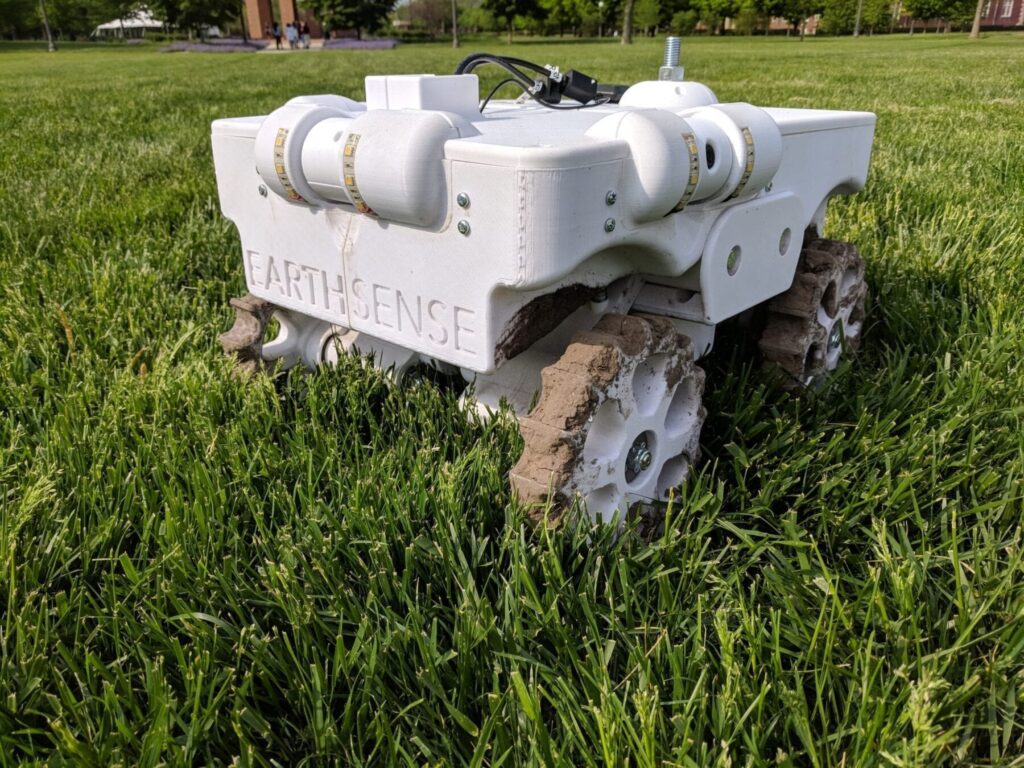
Today’s crop breeders are trying to boost yields while preparing these plants to withstand severe weather and changing climates. To succeed, they must locate the genes for high-yielding, hardy traits in crop plants’ DNA. Yesterday, a robot developed by the University of Illinois to find these proverbial needles in the haystack was recognized by the best systems paper award at Robotics: Science and Systems, the preeminent robotics conference held this week in Pittsburgh.
“There’s a real need to accelerate breeding to meet global food demand,” said principal investigator Girish Chowdhary, an assistant professor of field robotics in the Department of Agricultural and Biological Engineering and the Coordinated Science Lab at Illinois. “In Africa, the population will more than double by 2050, but today the yields are only a quarter of their potential.”
Crop breeders run massive experiments comparing thousands of different cultivars, or varieties, of crops over hundreds of acres and measure key traits, like plant emergence or height, by hand. The task is expensive, time-consuming, inaccurate, and ultimately impossible—a team can only manually measure a fraction of plants in a field.
“The lack of automation for measuring plant traits is a bottleneck to progress,” said first author Erkan Kayacan, now a postdoctoral researcher at the Massachusetts Institute of Technology. “But it’s hard to make robotic systems that can count plants autonomously: the fields are vast, the data can be noisy (unlike benchmark datasets), and the robot has to stay within the tight rows in the challenging under-canopy environment.”
Illinois’ 13-inch wide, 24-pound TerraSentia robot is transportable, compact and autonomous. It captures each plant from top to bottom using a suite of sensors (cameras), algorithms, and deep learning. Using a transfer learning method, the researchers taught TerraSentia to count corn plants with just 300 images, as reported (DOI: 10.1002/rob.21794) at this conference.

“One challenge is that plants aren’t equally spaced, so just assuming that a single plant is in the camera frame is not good enough,” said co-author ZhongZhong Zhang, a graduate student in the College of Agricultural Consumer and Environmental Sciences (ACES). “We developed a method that uses the camera motion to adjust to varying inter-plant spacing, which has led to a fairly robust system for counting plants in different fields, with different and varying spacing, and at different speeds.”
Learn more: Illinois’ crop-counting robot earns top recognition at leading robotics conference
The Latest on: Robotic crop counting
[google_news title=”” keyword=”robotic crop counting” num_posts=”10″ blurb_length=”0″ show_thumb=”left”]
via Google News
The Latest on: Robotic crop counting
- Ball Corporation (NYSE:BALL) Q1 2024 Earnings Call Transcripton May 1, 2024 at 5:40 am
April 26, 2024 Ball Corporation beats earnings expectations. Reported EPS is $0.68, expectations were $0.56. Ball Corporation isn’t one of the 30 most popular stocks among hedge funds at the end of ...
- Muskegon Public Schools unveils new buildingon April 26, 2024 at 8:29 pm
Muskegon Public Schools is unveiling the district's first new school building in over 60 years. (April 26, 2024) ...
- Hyundai, GRPD to offer anti-theft upgrades downtownon April 26, 2024 at 1:43 pm
Hyundai Motor America and the Grand Rapids Police Department are offering free anti-theft software upgrades at a three-day event downtown. (April 26, 2024) ...
- Cultivating a greener future – The Journey of sustainability in restaurantson April 22, 2024 at 6:49 am
Safeguarding the planet and its well-being has become increasingly important. So, it’s no surprise that consumers are more curious about their favorite restaurants’ sustainability practices.1 Guests ...
- Obituaries PGe PG Store Archives Classifiedson April 21, 2024 at 3:05 am
When robotics and tech leaders last converged in Pittsburgh for an event of this scale, the focus was on aviation. Think: automated baggage handling, ...
- Meet the Founder: Neatleaf’s Elmar Mair discusses the critical role of autonomy in ag: “It takes a lot of anxiety out of cultivation”on April 19, 2024 at 9:14 am
"It takes a lot of the anxiety out of cultivation," says Neatleaf founder and CEO Elmar Mair of the company autonomous robotic system.
- 32 Things That Might Happen If You Exist In An Alien Invasion Movieon April 17, 2024 at 2:35 pm
Chances are, you could living in an alien invasion movie, which means the end could be near for you and everyone else living in your world. Luckily, having seen enough great sci-fi movies and plenty ...
- AI Will Make Dow 100K Possible…on April 17, 2024 at 11:00 am
Artificial intelligence is going to drive the Dow Jones Industrial Average to 100,000 over the next decade. Get ready for Dow 100K.
- Are alternative weed control techniques viable for beet?on April 17, 2024 at 3:21 am
With sugar beet herbicide options dwindling, researchers are testing options using artificial intelligence and robotics. Mike Abram reports German field ...
via Bing News







